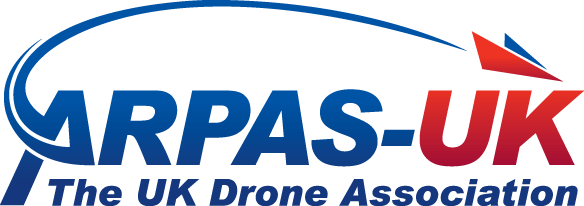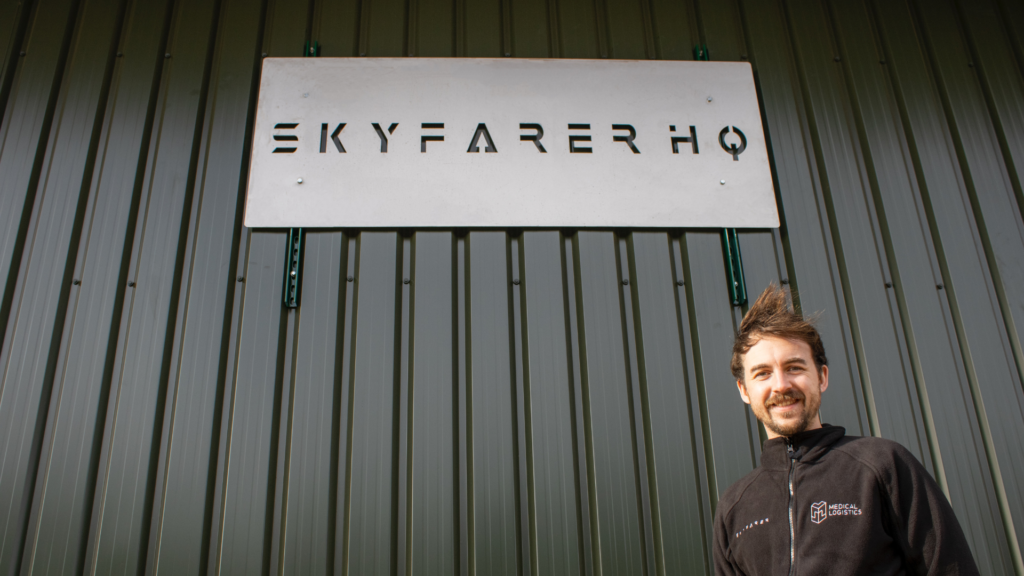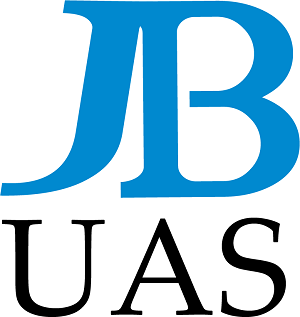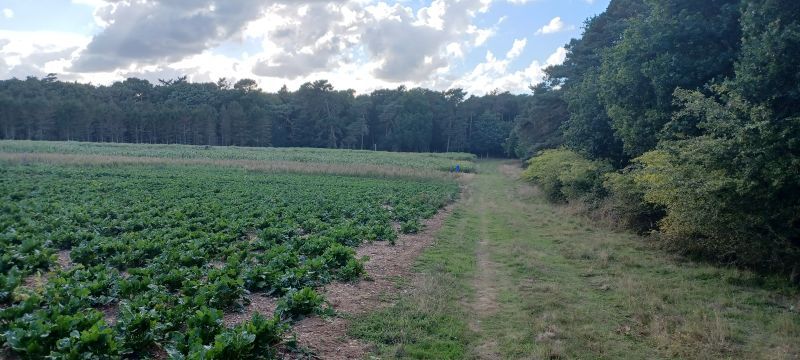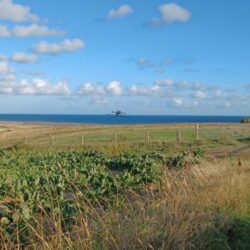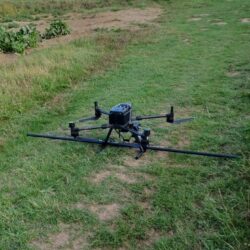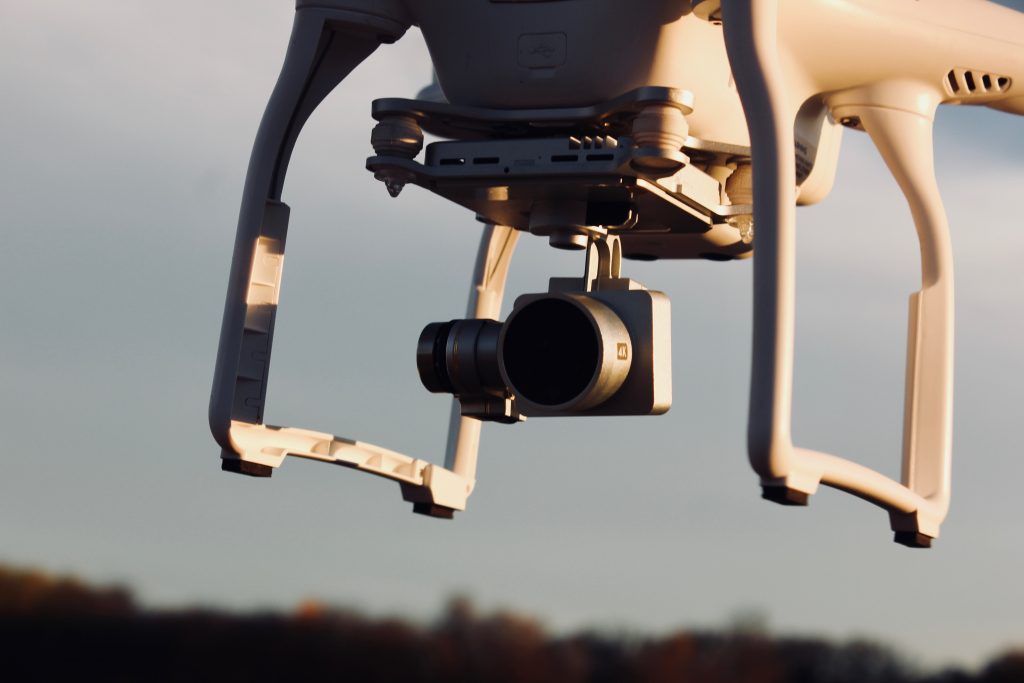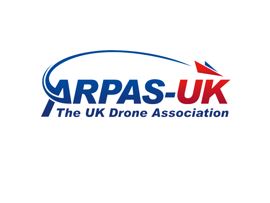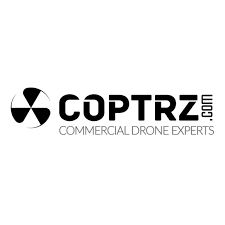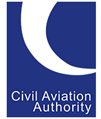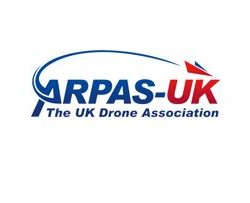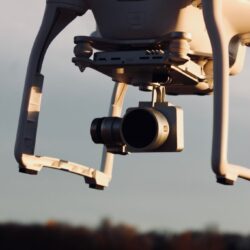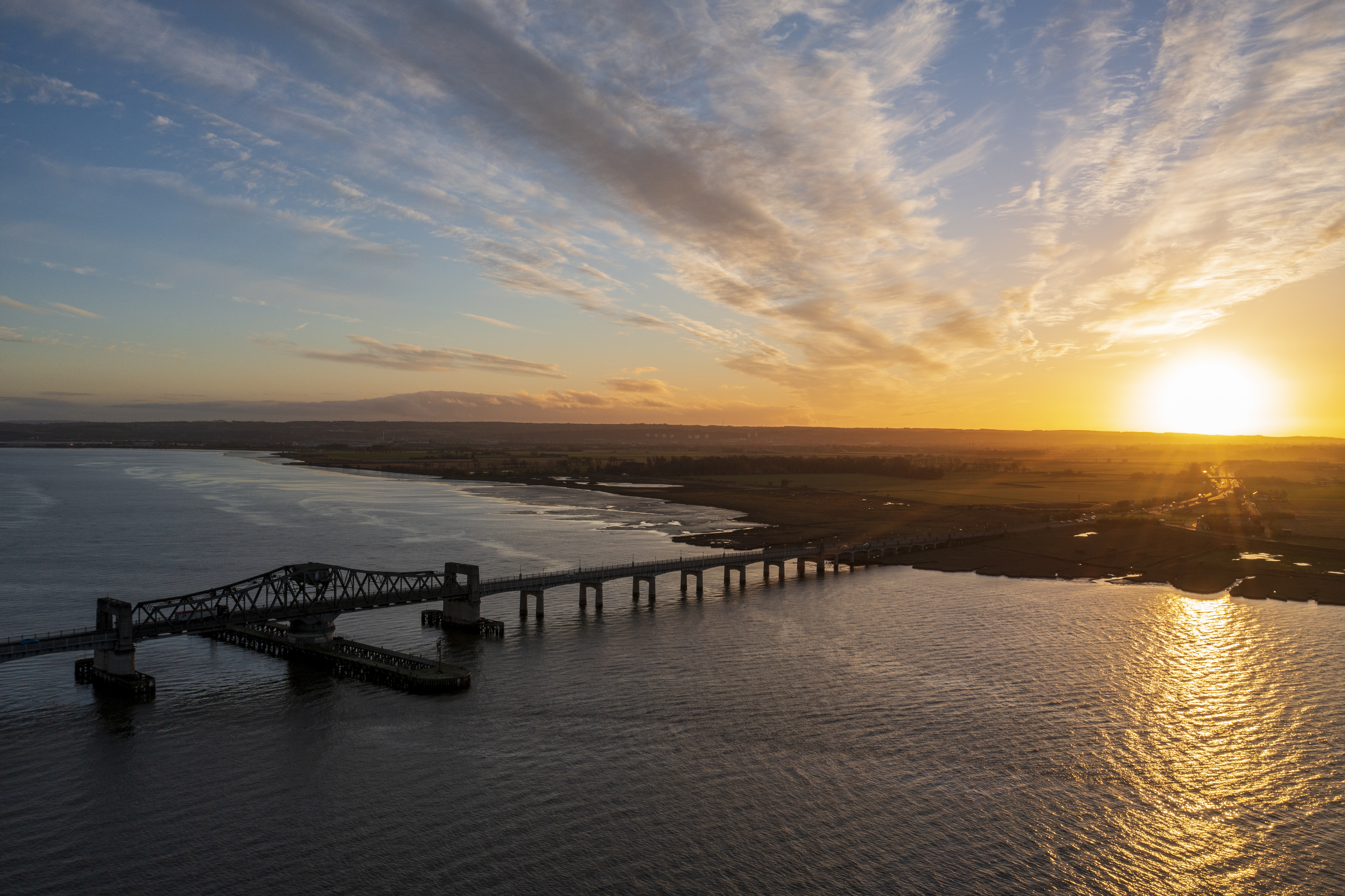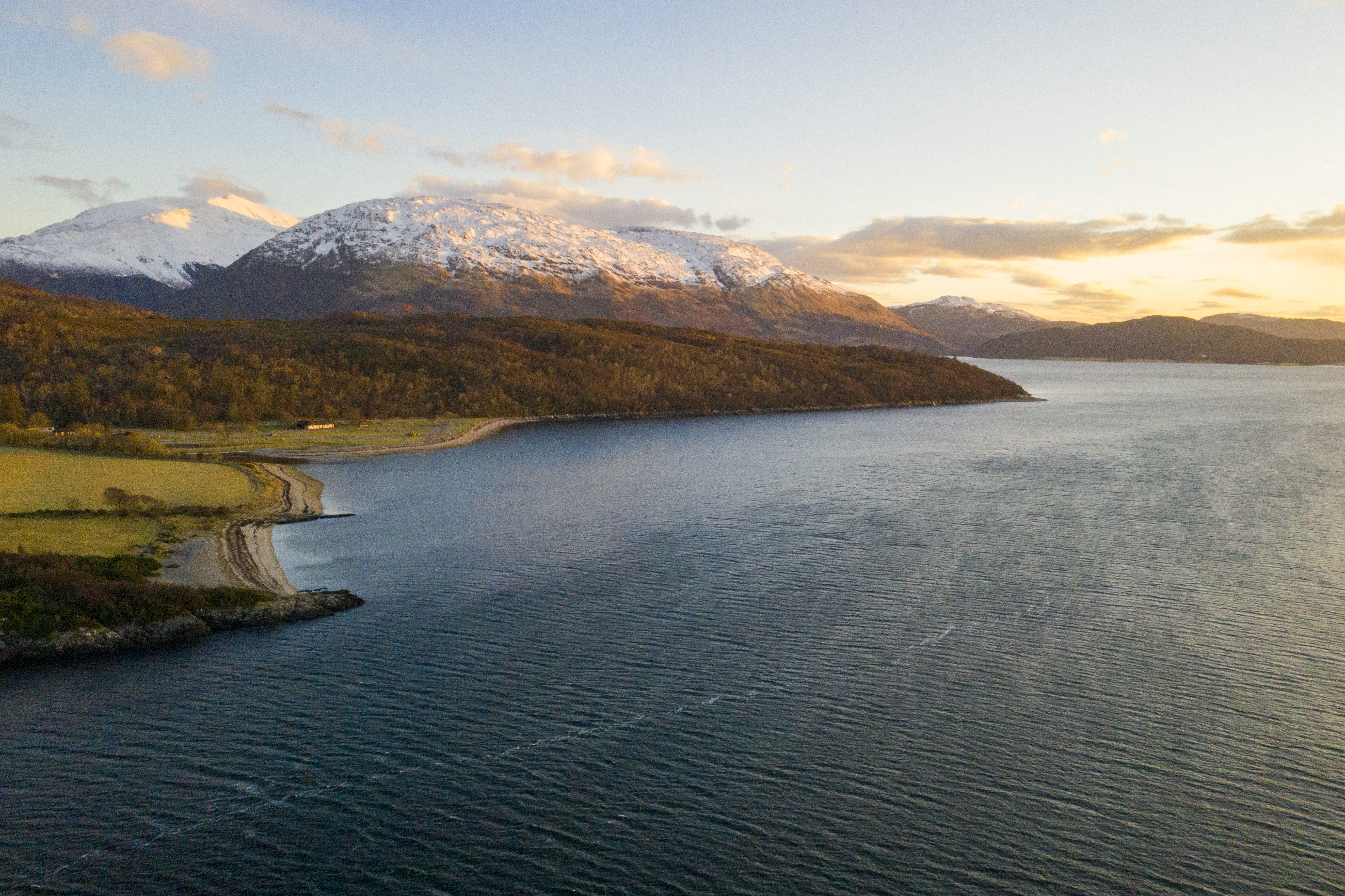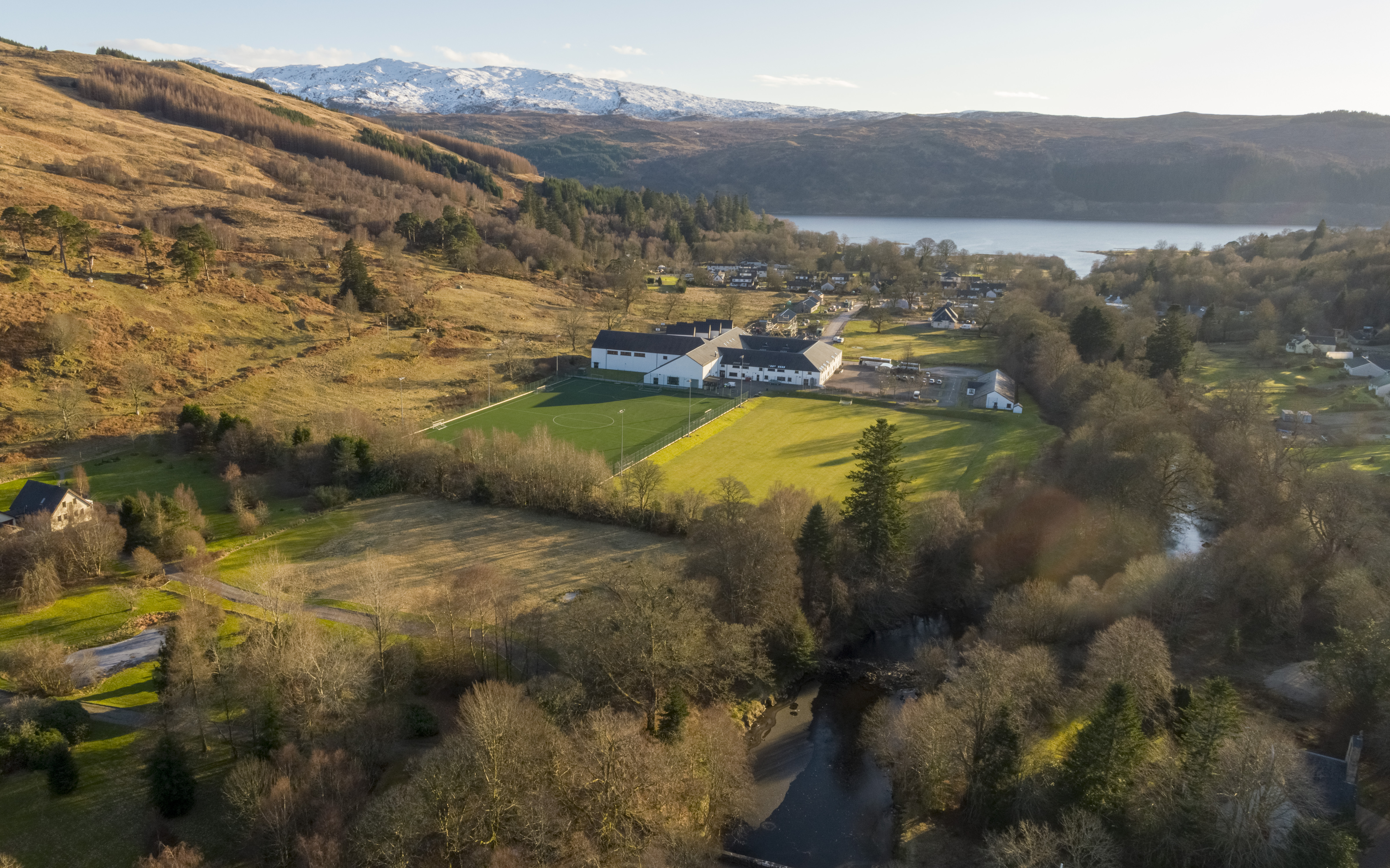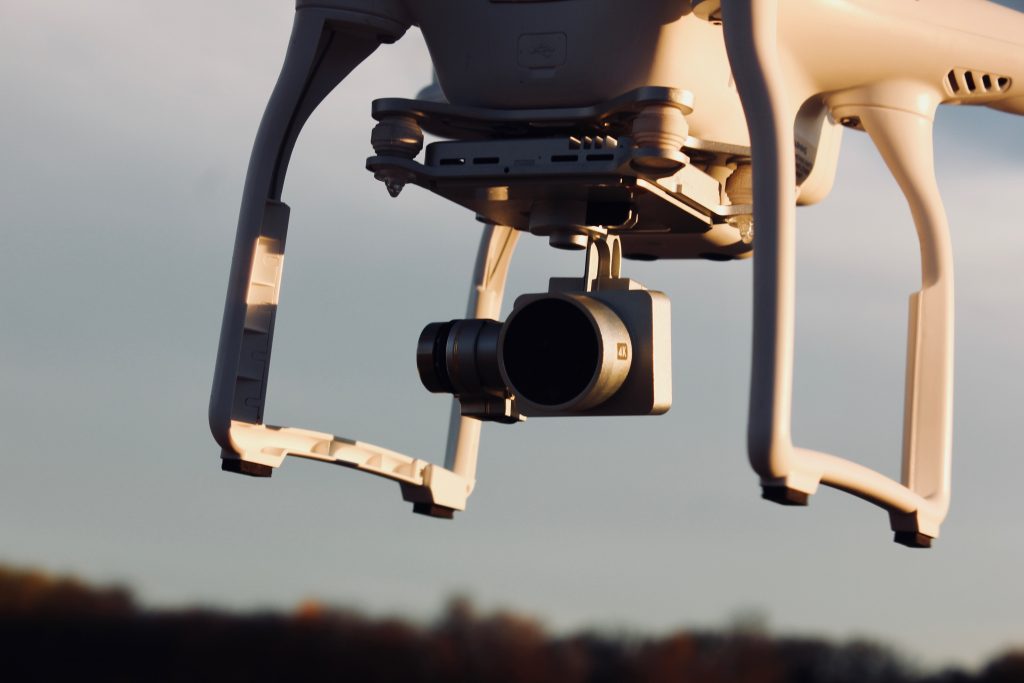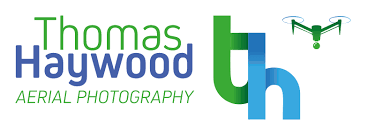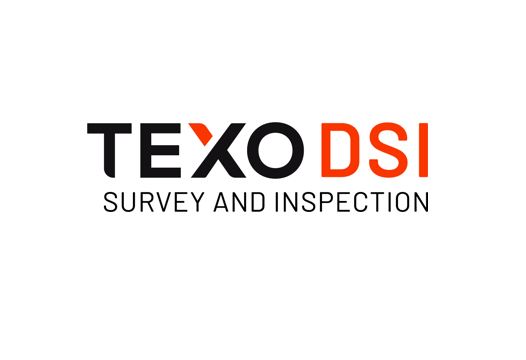DJI Achieves Encryption Recognition from U.S Department of Commerce
DJI Core Crypto Engine passes Cryptographic Module Validation Program (CMVP) to receive Federal Information Processing Standard (FIPS) 140-2
DJI, the world’s leader in civilian drones and aerial imaging technology, today reinforces its commitment to customer data and privacy with the validation of the DJI Core Crypto Engine. The engine is a firmware hybrid cryptographic module which provides foundational security services for the entire platform, including cryptography, key management, platform identity, secure boot, and secure Life Cycle State (LCS).
Formally validated by the U.S. and Canadian Governments, FIPS 140-2 compliance has been widely adopted around the world in both governmental and non-governmental sectors as a practical security benchmark and realistic best practice. The standard ensures that the hardware validated meets specific security requirements.
“When it comes to data, DJI has very strong principles around transparent usage, security and privacy. We truly believe that ‘customer data is none of our business’ and understand how important data security is for the people, businesses and government agencies that rely on our platforms,” said Christina Zhang, Senior Director of Corporate Strategy at DJI. “This encryption validation is testament to how tirelessly we strive to make customer data and privacy more secure by tightening existing systems, innovating new ones and embracing new methods and technologies.”
From this point on, all DJI drones containing the DJI Core Crypto Engine ensure that whether flown for leisure or operated for business, customers are treated to trusted, authorotative and globally recognised security standards. This is particularly key for enterprise or government customers requiring this specification and additional peace of mind.
To find out more about DJI’s data access, data use and data storage, visit the dedicated Data Security website here https://security.dji.com/data/overview/
This is further confirmation of a 2019 interview between ARPAS-UK Chair, Graham Brown, with Christian Struwe, then of DJI. https://www.arpas.uk/arpas-uk-talks-to-dji-about-data-security/
28 November 2022
